What's the difference between Rosa Coffee and Pakamara Coffee? How to drink Rosa Rosa and Pacamara?
Professional coffee knowledge exchange More coffee bean information Please pay attention to coffee workshop (Weixin Official Accounts cafe_style)
| Guixia
It is believed that the source of summer is Gesha, a small town in western Ethiopia, first discovered by former British Ambassador Richard Whalley. The variety was sent to Kenya and then to research institutes in Tanzania, where it was introduced by Costa Rica in 1953 and Don Pachi Serracin brought the first batch to Panama in 1963.
Rose summer has been cultivated in Central America for more than 50 years, but it has been unknown for many years. Rose summer tree species is not attractive, the vertical spacing of each branch is larger than that of ordinary coffee trees, and the spacing of each branch node is also larger than that of other tree species, which means that the flowering and fruiting are not dense enough, belonging to low-yield varieties, so it is considered to have low economic value and is usually arranged on the periphery of coffee trees as windbreaks.

Rose summer coffee green beans have a very beautiful blue-green, jade-like warm texture, smell fresh grass, peach flavor, berry flavor and most coffee beans do not have the unique milk sweet flavor, it seems that aroma and taste this kind of thing is very need to cooperate association, but the light tea gas is we can obviously feel.
In order to highlight the characteristics and aroma of this bean, Qianjie Coffee recommends roasting to an explosion, which can give full play to the characteristics of the bean itself, too shallow will give off miscellaneous flavor, too deep will lose flower aroma and fruit acid, of course, this should also be adjusted according to the characteristics of the coffee bean and the roaster's understanding of the bean itself.
Front Street Coffee Suggest the way to brew coffee in summer
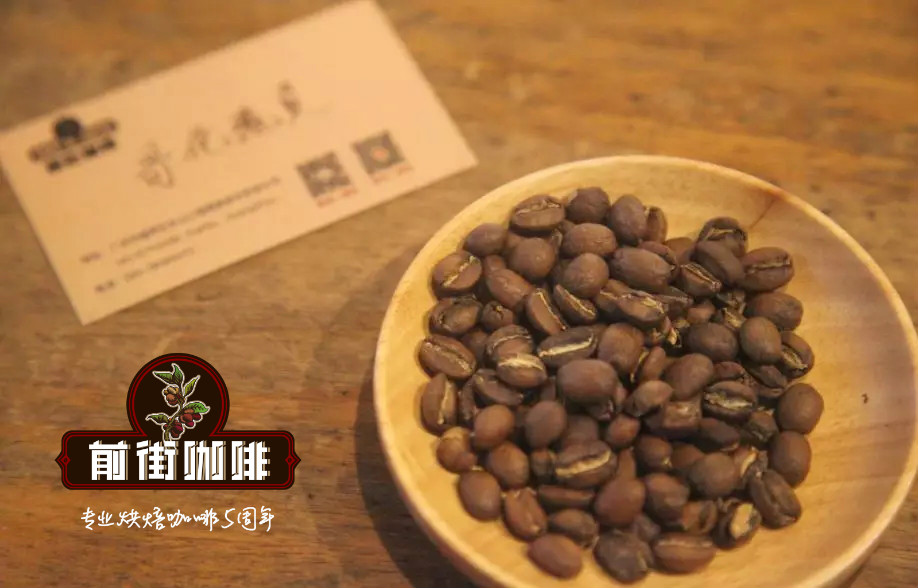
hand-washed
Parameters: 15g powder, V60 filter cup, water temperature 90℃, powder-water ratio 1:15, grinding degree BG 5R (Chinese standard 20 sieve pass rate 58%).
Method: Steam with 30g water for 30 seconds, quickly inject water into 125g sections with small water flow, continue to inject water to 227g when the water level drops and is about to expose the powder bed, remove the filter cup when the powder bed is about to be exposed, and start steaming. The extraction time is about two minutes.
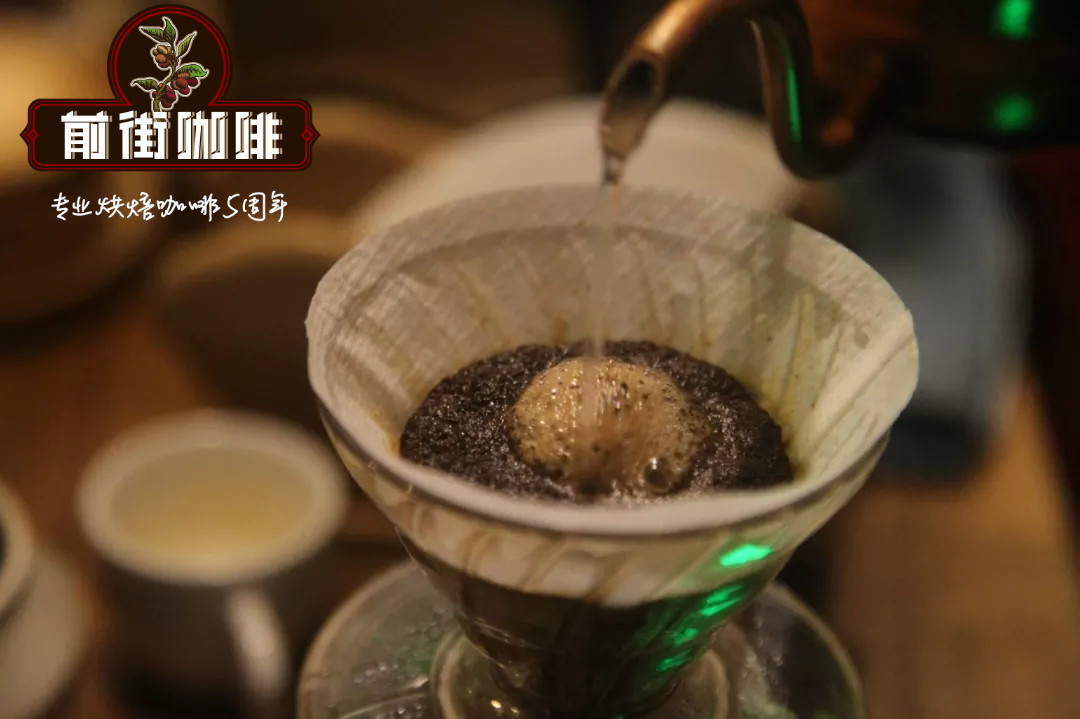
Flavor:
Floral, tropical fruit, intense sweetness; properly baked, they make you feel like sipping a bouquet of flowers. An ancient native from Ethiopia, it was brought into Costa Rica as a coffee sample and distributed to several small farms for small-scale trials.
| Pakamara
Pacamara is a hybrid bred in El Salvador in 1958 between Pacas and Maragogype, the first four letters of which are Paca+mara=Pacamara. Pacamara fruit vs. Bourbon fruit. The baby of coffee. Wow!
Pacamara is characterized by its short tree shape and high yield from Pacas, while coffee cherries (fruit) are large from elephant beans.
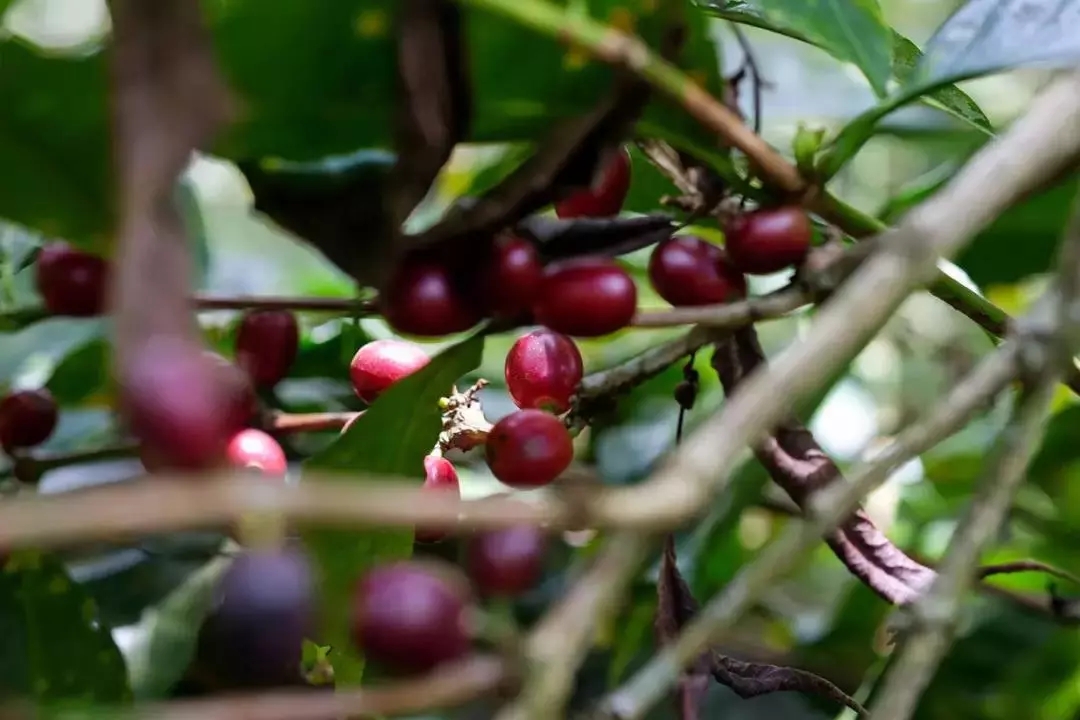
Speaking of Pakamara species, we need to introduce Pakamara Manor first. In 1984, Eduardo Francisco bought the Pacamara estate. The Eduardo family has been engaged in coffee cultivation in the Apaneca Mountains since their grandparents, and has surpassed the New Year. Eduardo wanted to go a different way from his parents and decided to plant a new species of Pacamara developed by El Salvador's agricultural technology unit. He found that this new species had a large and beautiful appearance and could show good flavor and aroma under excellent terroir conditions.
He discovered the star of tomorrow in his mind, but did not expect that the first harvest was the beginning of hard work.
Pacamara beans are huge and often get stuck in holes or crevices in the machine during peeling and separation in the processing plant, and must be adjusted from time to time to process them separately. Pacamara's initial production is limited, and large varieties are rare in El Salvador. Most washing plants lack experience in handling large coffee fruits, let alone preparing extra screens for larger sizes. It was not until 1990 that Sociedad Cooperative Ahuasanta signed a contract with Eduardo that the wet treatment problem was solved. After that, Eduardo used more sophisticated planting techniques to harvest coffee fruits of uniform maturity, and careful post-processing finally made Pacamara shine. 24 in 2003, 7th in 2005, runner-up in 2008.
At the same time, in 2004, El Salvador and Honduras, other coffee farmers successively won good results in the CoE competition with Pacamara. In 2005, Pacamara won the 2nd, 5th, 6th and 7th place in El Salvador CoE, and in 2006, it won the top four. Since 2008, Guatemala has started to compete with Pacamara. It has won the CoE championship for three consecutive years and won the championship twice in 12-13. In the 2016 "Best of Salvardo 2016" competition, 11 Pacamaras were in the top 16, and even more amazing, Pacamaras won the top eight. Pakamara became famous and was known for its time with all kinds of competing roses.
In the same situation as Guixia, we can't just talk about varieties. Mature Pakamara coffee trees show a gradual decline in yield and occasional instability in flavor. They are also highly demanding of soil and microclimate. If planted in the wrong place, they will be slightly less clean and have a poor wood flavor. Good coffee also gives us an ultimate experience for a while.

Front Street Coffee Suggestion Pakamara Coffee Brewing Method
Recommended cooking method: hand brewing
Filter cup: Hario V60
Water temperature: 90℃
Powder water ratio: 1:15
Grindability: BG 5R (58% pass rate of Chinese standard No.20 sieve)

Cooking method: 29 grams of water steams for 32 seconds, water injection to 120 grams, and so on when the water level drops is about to expose the powder bed continue to water injection to 226 grams cut off water, water level drops is about to expose the powder bed remove the filter cup,(steams start timing) extraction time is 1 minute 56 seconds.
Flavor: Nutty smell, hot with plum, passion fruit acid notes, with some light fermented fruit flavor, the middle with cream sweet and nutty flavor, the end has green tea feeling, sugar back sweet lasting, temperature down with citrus acid notes, sour and sour shock, the finish is rose tea fragrance and slightly brown sugar sweet.
END
Important Notice :
前街咖啡 FrontStreet Coffee has moved to new addredd:
FrontStreet Coffee Address: 315,Donghua East Road,GuangZhou
Tel:020 38364473
- Prev
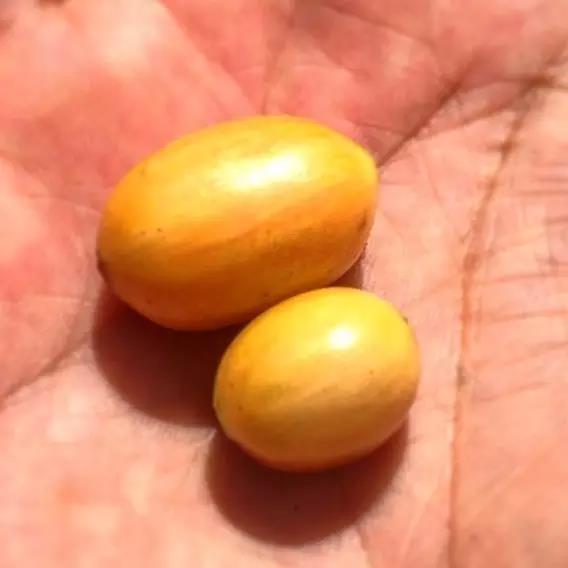
Pacamara, a hybrid breed artificially bred in El Salvador, is a giant baby in the coffee world.
Pacamara is a hybrid bred in El Salvador in 1958. Its parents are Pacas (Pacas) and elephant bean (Maragogype). Pacamara is the combination of the first four letters of their parents: Paca+mara=Pacamara. Comparison between Pacamara fruit and bourbon fruit. The giant baby of the coffee world! Pacamara is characterized by its short tree shape and high yield.
- Next
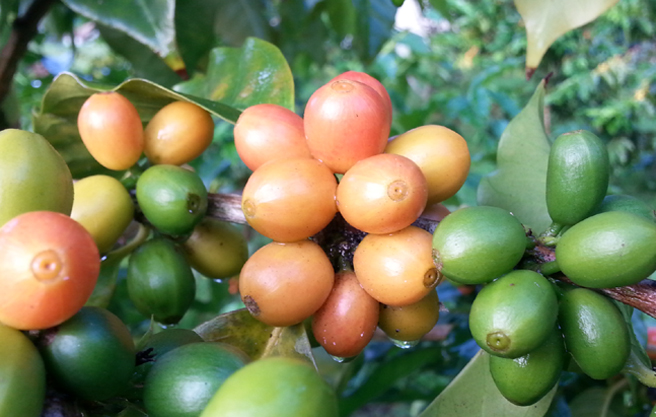
A brief introduction to the flavor of coffee beans in Central and South America
For professional baristas, please follow the coffee workshop (Wechat official account cafe_style) Central America generally refers to the narrow strip of central America south of Mexico and north of the Panama Canal, also known as the Central American Isthmus, including Guatemala, Belize, El Salvador, Honduras, Nicaragua, Costa Rica and Panama, all of which produce coffee.
Related
- Detailed explanation of Jadeite planting Land in Panamanian Jadeite Manor introduction to the grading system of Jadeite competitive bidding, Red bid, Green bid and Rose Summer
- Story of Coffee planting in Brenka region of Costa Rica Stonehenge Manor anaerobic heavy honey treatment of flavor mouth
- What's on the barrel of Blue Mountain Coffee beans?
- Can American coffee also pull flowers? How to use hot American style to pull out a good-looking pattern?
- Can you make a cold extract with coffee beans? What is the right proportion for cold-extracted coffee formula?
- Indonesian PWN Gold Mandrine Coffee Origin Features Flavor How to Chong? Mandolin coffee is American.
- A brief introduction to the flavor characteristics of Brazilian yellow bourbon coffee beans
- What is the effect of different water quality on the flavor of cold-extracted coffee? What kind of water is best for brewing coffee?
- Why do you think of Rose Summer whenever you mention Panamanian coffee?
- Introduction to the characteristics of authentic blue mountain coffee bean producing areas? What is the CIB Coffee Authority in Jamaica?

